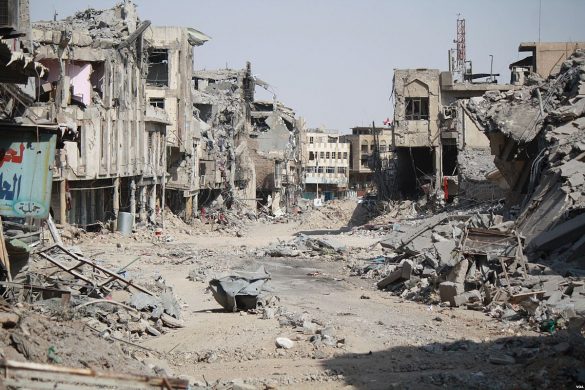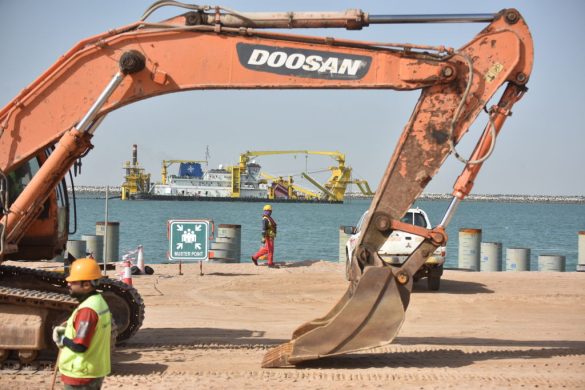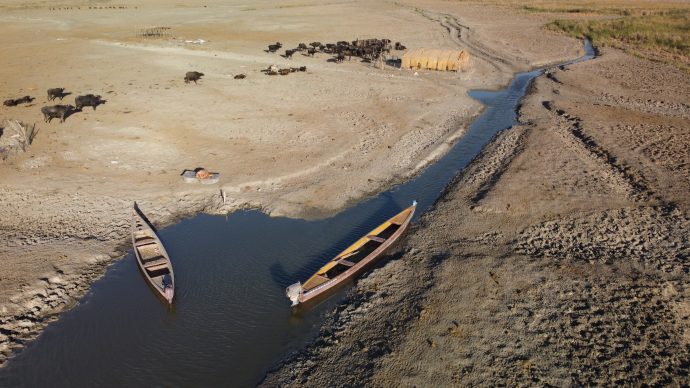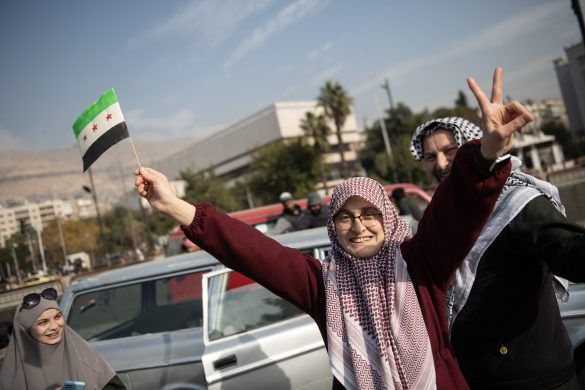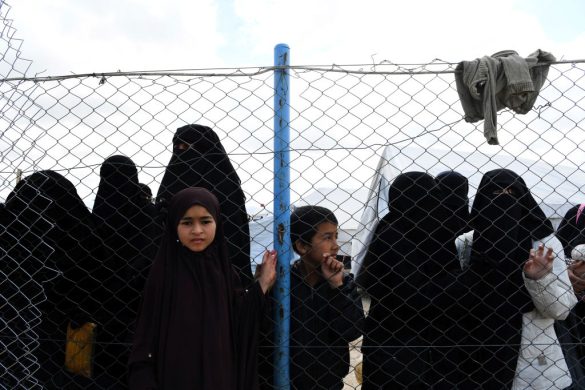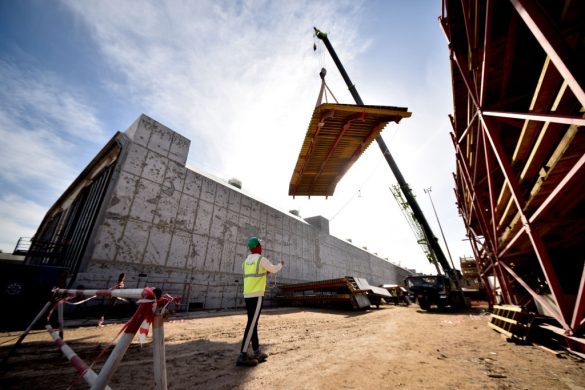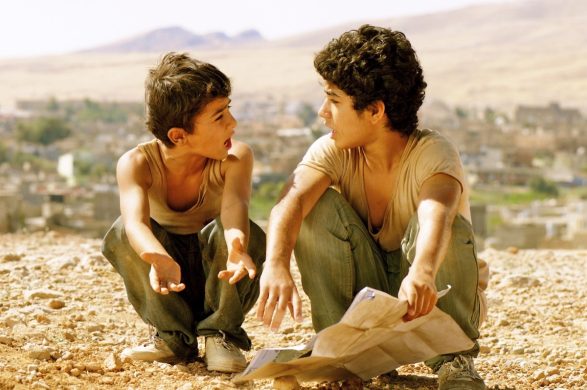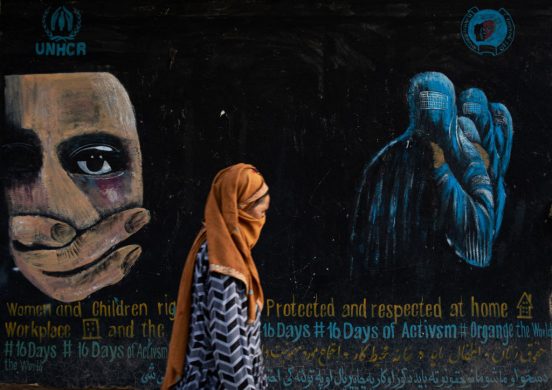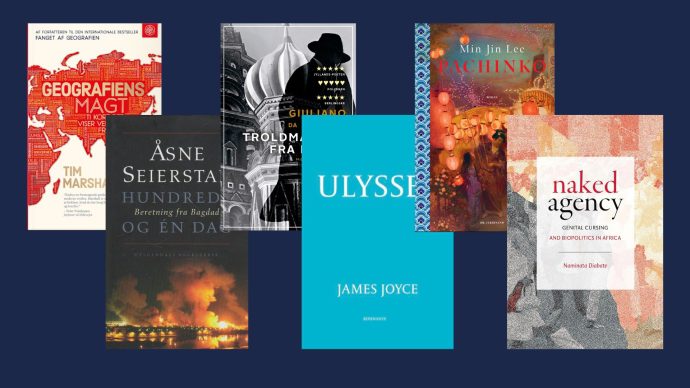(UNOCHA): While almost 870,000 people have been able to return home, extensive humanitarian needs remain in Iraq’s second largest city.
The one-year anniversary of the retaking of Mosul city, Ninewa governorate, by Iraqi security forces and the end of military operations against fighters from the Islamic State of Iraq and the Levant (ISIL) was marked on 21 July 2018.
ISIL’s occupation of Mosul from June 2014 to July 2017 caused a humanitarian catastrophe with grave human suffering and physical destruction. Nearly one million people were forced to flee the conflict, with over 31,000 houses destroyed or severely damaged, and water treatment and power plants contaminated with unprecedented quantities of explosive hazards and improvised explosive devices (IEDs).
Drawing on damage and loss assessments conducted by the Ministry of Planning, the World Bank estimates that reconstruction will take at least 10 years, with a financial requirement of at least $80 billion.
Supporting the most vulnerable
One year later, humanitarian partners have recorded significant achievements in Mosul. According to the 2018 Humanitarian Response Plan (HRP), nearly half of the 8.7 million people (4 million or 46 per cent) estimated to require humanitarian assistance in Iraq are located in Ninewa governorate.
As of 30 June 2018, humanitarian partners reached almost one million people in this governorate.
This figure represents 148 per cent of Ninewa’s population that was targeted in the 2018 HRP (that is, 930,814 people of the 626,834 targeted). The reason for this high achievement is due to the generous contributions received from donors who were able to address the emerging needs in Mosul’s changing environment.

